Sleep is an essential part of life for every living creature, but the way animals sleep can vary dramatically depending on the species.
Some animals sleep deeply for hours, while others only rest for short periods. Some even sleep with one eye open, always alert for danger. Let’s explore how different animals sleep and what makes their sleep patterns so unique!
1. Dogs and Cats: The Sleepy Companions

If you’ve ever had a dog or a cat, you know that these pets love to sleep. In fact, dogs and cats sleep for a large portion of the day. On average, dogs sleep for 12 to 14 hours a day, while cats can sleep for up to 16 hours. This is because they are crepuscular animals, meaning they are most active at dawn and dusk, with sleeping periods in between.
Dogs tend to take short naps throughout the day, while cats often sleep for long stretches at a time. Both animals have a sleep cycle that is divided into periods of deep sleep and light sleep. During deep sleep, dogs and cats experience Rapid Eye Movement (REM) sleep, which is when dreaming occurs. If you’ve ever seen your dog or cat twitching or moving their paws in their sleep, they’re probably dreaming about chasing a ball or hunting prey.
2. Elephants: The Sleep Giants
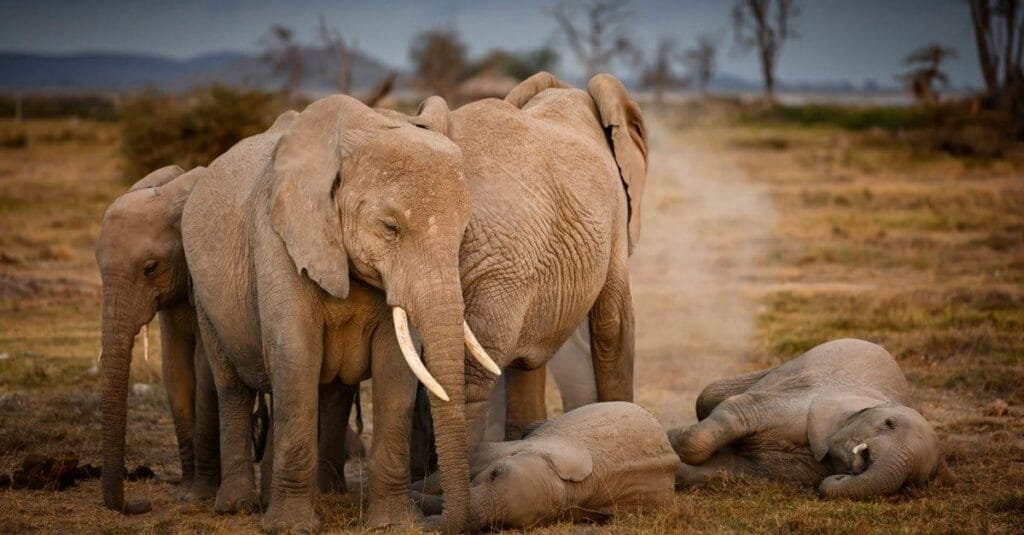
Elephants are known for being massive, majestic animals, and their sleep habits are just as fascinating. Unlike many animals, elephants sleep less than you might expect. Adult elephants sleep only about 4 to 6 hours a day, and they usually do so at night. Their sleep is light and often spent lying down, although they can also sleep while standing.
One of the most unique aspects of elephant sleep is that they are known to take very short naps throughout the day. In the wild, they may also sleep standing up, using their legs to support their large bodies. It’s believed that this might be an adaptation to protect them from predators, as standing allows them to react quickly if needed.
3. Bats: The Nocturnal Sleepers
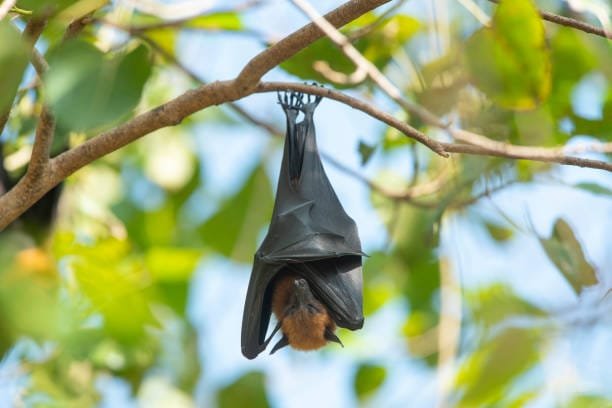
Bats are another example of animals with very distinct sleep patterns. As nocturnal creatures, bats sleep during the day and are most active at night. Bats often sleep upside down, hanging from their feet in caves, trees, or other sheltered spots. This may seem strange, but it’s the best way for bats to keep safe and conserve energy.
Bats can sleep anywhere from 12 to 20 hours a day, depending on the species. They go into a deep sleep and can even enter a state called torpor, which is similar to hibernation. During torpor, a bat’s body temperature drops significantly, and its metabolism slows down, helping them conserve energy. This is especially important for bats, as their food supply (insects) is often less available during the day.
4. Dolphins and Whales: Sleeping with One Eye Open
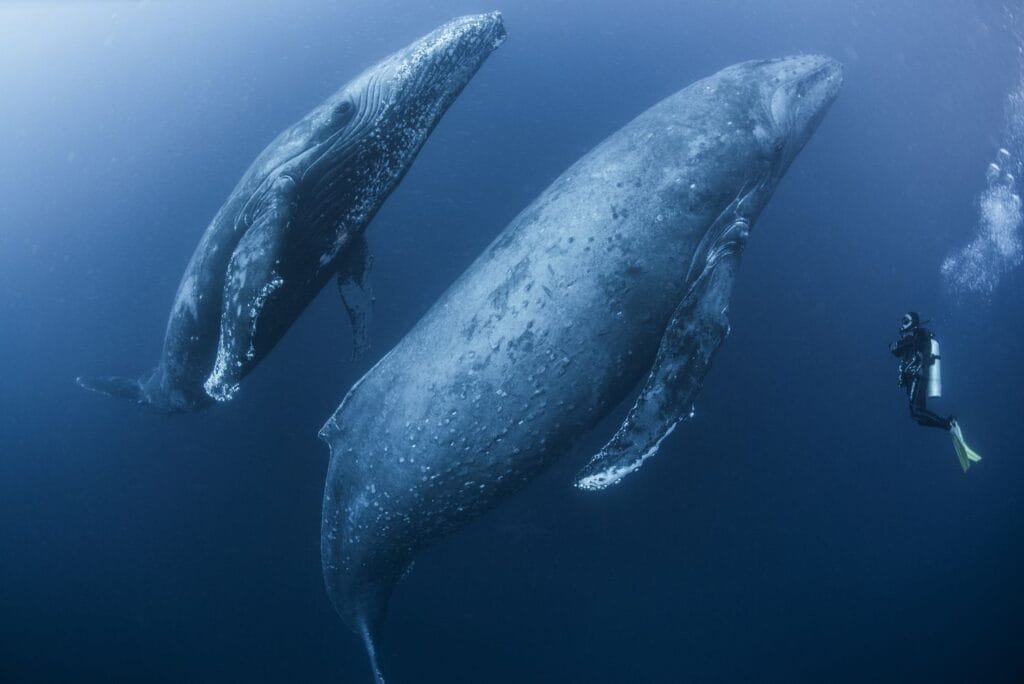
Dolphins and whales are unique among animals when it comes to sleep because they are voluntary breathers. This means they need to be conscious in order to breathe. Because of this, they can’t enter the deep sleep states that many land animals do. Instead, they practice a form of “unihemispheric slow-wave sleep.”
In this state, one half of the brain sleeps while the other half remains active. This allows them to continue swimming, breathing, and staying alert for predators or obstacles. During unihemispheric sleep, one eye stays open while the other eye is closed. Dolphins can even swim in circles, with the active half of their brain controlling the movement and the sleeping half resting.
5. Giraffes: The Power Napper
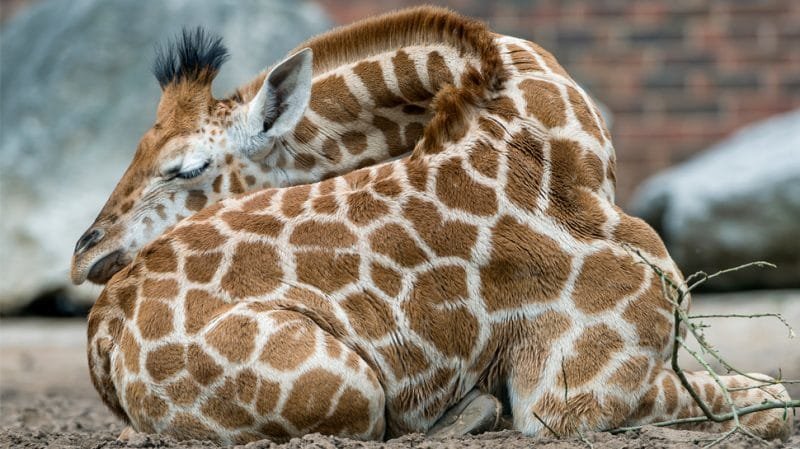
Giraffes, despite their large size, don’t need much sleep. They only sleep for about 4.5 hours per day. Interestingly, giraffes tend to sleep while lying down, but they don’t sleep for long periods of time. They take short naps throughout the day and night, often resting their necks on the ground or on a tree.
One of the most intriguing aspects of giraffe sleep is that they experience REM sleep, just like humans and other mammals. However, it’s still not fully understood why giraffes sleep so little. It’s possible that their sleep patterns are influenced by their need to stay alert in the wild. Being such large animals, giraffes are vulnerable to predators, so it may be safer for them to rest lightly rather than sleep deeply.
6. Koalas: The Ultimate Sleepers

Koalas are famous for their love of sleep, and they deserve to be called the ultimate sleepers in the animal kingdom. These adorable marsupials can sleep up to 22 hours a day! The reason for this extreme sleep is that koalas have a diet of eucalyptus leaves, which are low in nutrients and difficult to digest. To conserve energy, koalas sleep for most of the day and night.
Their sleep is often deep, and they spend much of it curled up in the forks of trees. Although koalas do wake up periodically to eat and move around, they don’t need to worry too much about predators since they are well-hidden in the trees.
7. Sharks: The Non-Sleeping Sleepers
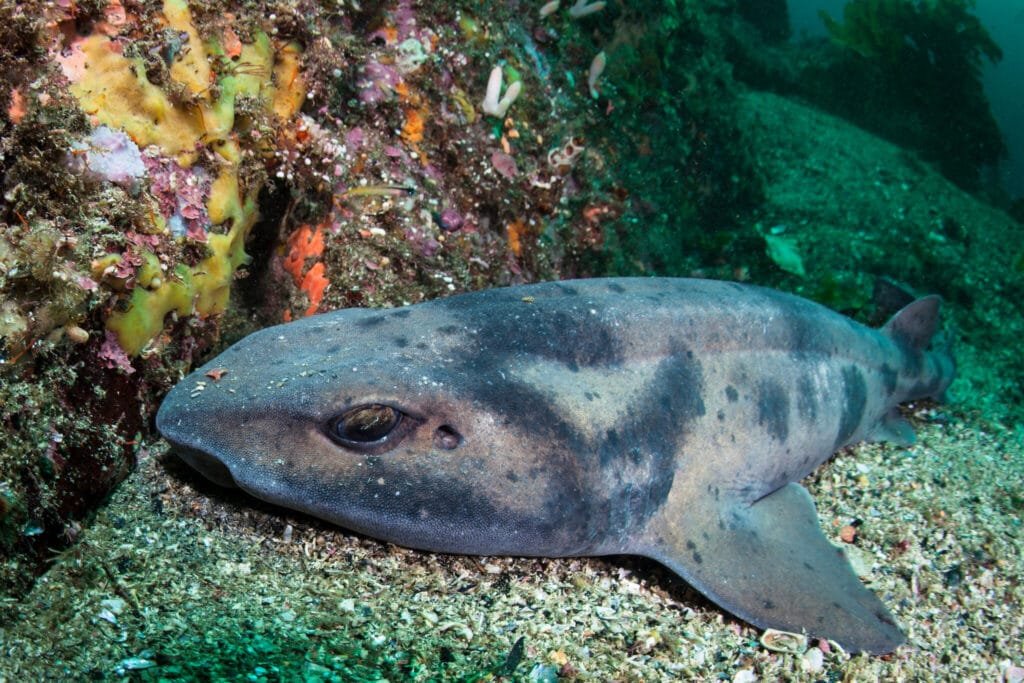
While many animals sleep in a typical sense, sharks are a bit different. Most sharks don’t actually sleep the way other animals do. They need to keep swimming in order to breathe, so they can’t afford to stop moving completely.
However, some species of sharks, such as the nurse shark, have been known to rest on the ocean floor, allowing water to flow over their gills while they remain relatively still. Even during these periods of rest, they are not fully asleep. They continue to be alert to their surroundings, even while they relax.
8. Birds: The Migratory Sleepers

Birds have a wide range of sleep habits, depending on the species. Some birds, like pigeons and chickens, sleep at night, while others, like owls, are nocturnal. One fascinating fact about birds is that some species can sleep while flying. For example, migratory birds, such as certain species of swifts, are known to sleep during long migrations, alternating sleep between both hemispheres of their brain, similar to dolphins.
Birds also experience REM sleep, just like humans. However, they are capable of entering a lighter form of sleep when they feel threatened, allowing them to wake up quickly if they sense danger.
The Wonderful Variety of Animal Sleep
From the long naps of cats to the short rest periods of elephants, animals have adapted their sleep patterns to suit their needs and environments. Whether they sleep deeply, nap intermittently, or stay alert with one eye open, animals have found unique ways to rest while staying safe in their habitats.
Next time you watch your pet sleep, think about the wonders of the animal kingdom and how creatures large and small rest in their own special ways. Sleep is an essential part of life for all animals, and while it may look different across species, it serves the same purpose: to help them stay healthy and energized for their daily activities.

